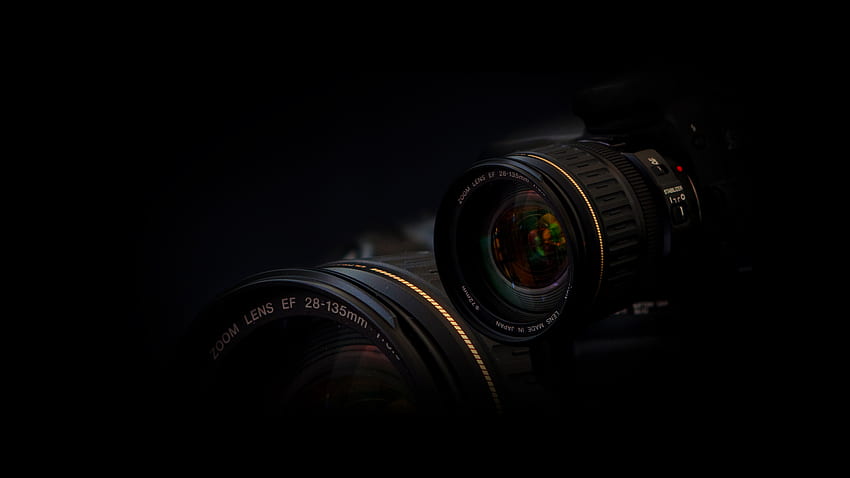
Photography is a popular hobby that allows individuals to capture and preserve moments in time. While the art of photography can seem overwhelming to beginners, it is important to remember that everyone starts somewhere. With a little practice and some essential tips, beginner photographers can capture stunning images and develop their skills.
Here are 20 essential photography tips for beginner photographers:
- Know your camera
Before you start taking photos, it is important to take the time to get to know your camera. Read the user manual, learn about the various settings and modes, and practice using the camera to become familiar with its functions.
- Use the right settings for the situation
Different shooting situations require different settings. For example, if you’re shooting in low light, you may need to adjust the ISO, aperture, or shutter speed to capture the best possible image. Understanding these settings and how they affect your images is essential for capturing great photos.
- Use the Rule of Thirds
The Rule of Thirds is a basic composition principle that can help you create balanced and visually appealing images. The idea is to imagine a grid of three horizontal and three vertical lines over your image, and place the most important elements of the image along those lines or at the points where they intersect.
- Pay attention to lighting
Lighting is one of the most important elements of photography. Pay attention to the direction, intensity, and color of the light when taking photos, and adjust your settings and position accordingly to capture the best possible image.
- Experiment with different angles and perspectives
Don’t be afraid to experiment with different angles and perspectives when taking photos. Shooting from a high angle or a low angle can add interest and variety to your images.
- Keep your camera steady
A steady camera is essential for capturing sharp and clear images. Use a tripod or steady your camera against a stable surface to minimize camera shake.
- Use the right lens for the situation
Different lenses are designed for different types of photography. For example, a wide-angle lens is great for landscapes, while a telephoto lens is ideal for wildlife or sports photography. Choose the right lens for the situation to capture the best possible image.
- Shoot in RAW format
RAW format captures more data than JPEG format, which can help you achieve better results when editing your images. Shooting in RAW format also allows you to make adjustments to exposure, white balance, and other settings after the fact.
- Don’t be afraid to experiment with exposure
Experimenting with exposure can help you capture creative and visually interesting images. For example, you may try underexposing an image to create a moody or dramatic effect, or overexposing an image to create a dreamy or ethereal effect.
- Use autofocus and manual focus as needed
Autofocus is great for quick shots, but manual focus allows you to have more control over the focus of your image. Use autofocus when you need to take a quick shot, but switch to manual focus when you want to be more precise.
- Don’t rely too heavily on post-processing
While post-processing can be a useful tool for enhancing your images, it is important not to rely too heavily on it. Focus on capturing great images in-camera, and use post-processing to fine-tune and enhance your images.
- Consider the background
The background of your image can make a big difference in the overall impact of the photo. Pay attention to the background and try to choose a location that complements the subject of your photo.
- Practice, practice, practice
The more you practice photography, the more comfortable and confident you will become. Take your camera with you wherever you go, and challenge yourself to capture interesting and unique images.
- Pay attention to the details
Details can add interest and depth to your

